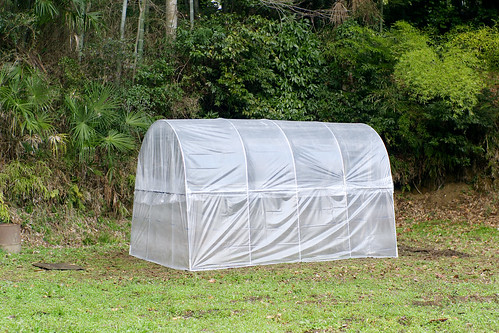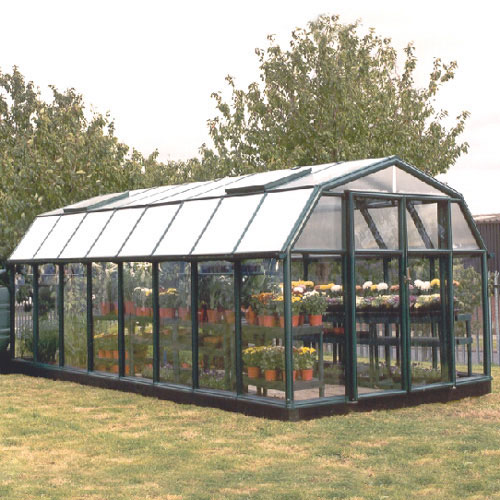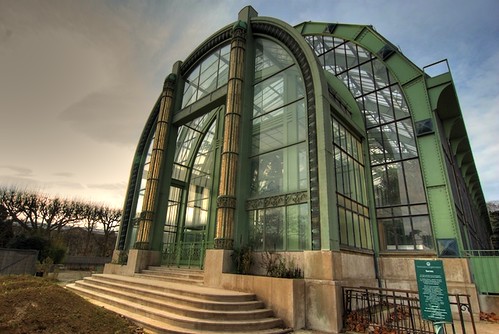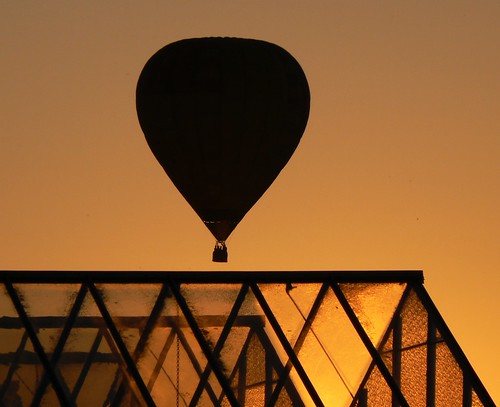
Building a greenhouse is like building a house. You should have a well-designed plan and several things need to be taken into consideration. There are different types of home greenhouses but your choice should depend on the growing area, architecture, location and costs. Most importantly, the greenhouse that you will be building should, of course, serve its purpose of maintaining a proper environment for plants to grow.
As mentioned, there are several things that need to be considered when putting up a greenhouse. To give you some tips, here are the things to be included in the planning stage:
- Location. First thing to note in building a greenhouse is its location. The best location for a greenhouse is a place where it will get maximum sunlight. Morning sunlight is best for plants because it makes them start processing early which will result to maximized growth.
Thus, the best location is on the east side where it gets maximum morning sunlight especially from November to February. North of buildings or any major structure is the last location to be considered as it only provides little light. Also, it is best to make sure that the trees nearby the chosen location will still allow enough sunlight to reach the greenhouse.
Other things to be considered when choosing location are good drainage, location of sources of water, electricity and heat. The location should also be convenient for the owner or the caretaker as well as to the utilities.
- Greenhouse type. In general, a home greenhouse can be any of these two types – a free-standing structure or one that is attached to your house or garage. Attached greenhouses also have different kinds. One example of an attached greenhouse is the lean-to. This is a half greenhouse attached directly to one side of a house or building with doorway, if possible. This type is close to sources of heat, water and electricity and is the least expensive. However, this kind of structure also has some limitations on space, ventilation, and sunlight.
Another attached greenhouse variation is the even-span. This kind of structure has one gable end connected to a building. It provides more usable space and allows for better air flow to maintain temperature. It is also the most costly, though, among the attached ones.
The third type of an attached greenhouse is the window-mounted. This type can be attached on the east or south side of the house or building. This is a glass enclosure that extends a foot or so, which gives enough space for growing a few plants at low cost.
Freestanding greenhouses are separate structures that are not limited to a small space. Since it is set apart from an existing structure or building, it should have its own water and electricity sources as well as heating system.
When choosing the preferred structure, make sure that enough space for benches, storage, as well as future expansion is considered. The University of Maryland Cooperative Extension Service suggests a minimum area of 6 feet by 12 feet for a free-standing or even-span greenhouse.
- Structural Materials. Your greenhouse should also have a good structural foundation to withstand extreme weather conditions. There are several options for a frame and framing materials to choose from. Do-it-yourself greenhouse plans commonly use wood or metal pipes as their structural material. There are different kinds of frames available which range from simple to complex designs. Some examples of frames are Quonset, gothic, rigid-frame, post and rafter, and A-frame.
Another material to be considered is the covering for your greenhouse. Your choice of frame and covering should correctly match. Some factors to be considered to choose a good covering is its ability to trap the most amount of heat inside, as well as its life span. The different choices for greenhouse covering include regular glass, fiberglass, double-wall plastic, and film plastic.
- Foundations and flooring. Glass frames and the double-wall plastic need a permanent foundation and the plan should be provided by the manufacturers of the frame. It is also recommended for the greenhouse to be elevated a little to have enough space for water to flow. Thus, permanent flooring is not advisable as the soil may stay wet and make the floor slippery. A walkway made of gravel, concrete or stone is advised for easy access to the all the plants.
- Environmental systems. Once you now have a good plan for the structure of your home greenhouse, the next thing to consider is its proper maintenance. Aside from sunlight and heat, different elements are important to maintain the ideal growing condition for plants. These environmental systems that should be included in greenhouse planning are heating, air circulation, ventilation, cooling, controllers and automation, water and lighting systems.
Building a greenhouse can prove to be demanding and challenging. Complete knowledge about greenhouse is needed for you to be able to build a productive structure. A considerable amount of time is needed to make a good plan which should cover all aspects. It pays to learn and scout for different options before making your final decision.




